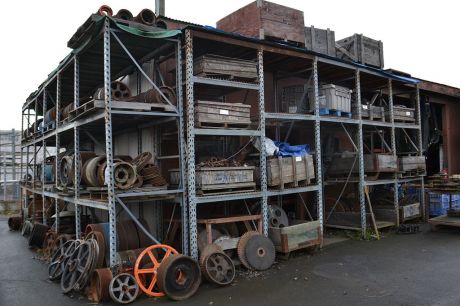More than a third of all cutting machines among small and medium-sized enterprises (SMEs) are turning machines. Adding a third axis to the movement of conventional two-axis machines will have major benefits in terms of time, cost and material usage.
Manufacture of industrial parts relies on a number of processes,
including milling, drilling and turning. Turning can be particularly
complicated for geometrically complex parts such as turbine discs and
casings that are also often made with hard-to-machine materials. Adding a
third (y) rotational axis to the already present translational x- and
z-axes would facilitate a significant reduction in the number of tools
and tool holders required for the varied parts produced. It would also
enable a major reduction in processing time by reducing the need for
tool and tool holder changes.
EU-funded scientists working on the project
FLEXISTAT (Production flexibility and efficiency through simultaneous three axis turning) plan to deliver the solution. The technology exploits the currently idle swivel axis or b-axis in turn centres or mill centres. It is relevant to almost all SME shop floors and will be implemented on existing machines, significantly decreasing investment cost.
Within the first reporting period, the team defined the demonstrator components as well as a case study. The former will evaluate the technical considerations via production of a challenging high-accuracy piece and a component for heavy-duty turning applications. The latter will serve to evaluate the economic benefits of the three-axis turning.
Researchers have designed the computer-aided manufacturing (CAM) module and coding has begun, with a first prototype expected by month 16. Extensive experimentation has produced data that are being used to develop models of the machining system and process, including process forces, tool wear and surface generation. The models will be integral in developing the rules for design of the three-axis turning process. Finally, tool holders and an optical tool measurement system have been designed and the prototype test bench is ready.
FLEXISTAT outcomes will significantly boost the competitiveness of EU SMEs working in the machining sector. Three-axis turning is accomplished by modifications to existing systems together with a CAM module for collision-free tool path planning and a production optimisation module. The technology will minimise tool consumption and reduce waste, costs and time associated with industrial parts production for widespread impact on EU SMEs and the EU economy.

